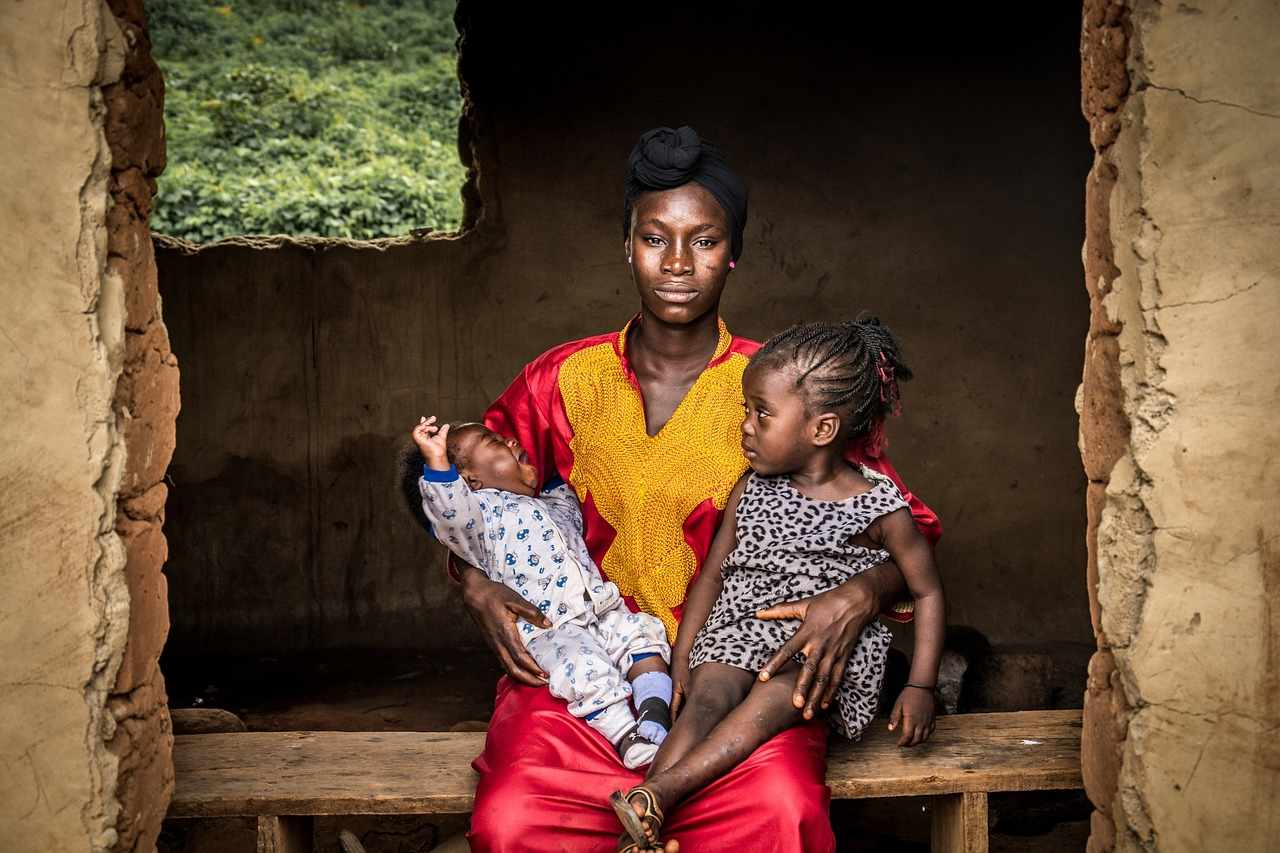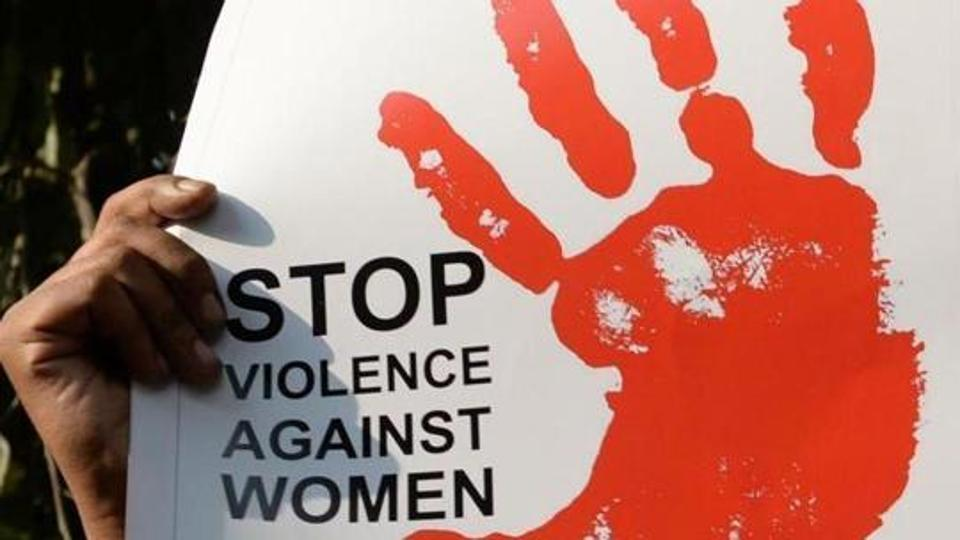The coronavirus pandemic has taken a toll on the entire world community and has brought about challenges that are unprecedented and call for the entire world to come together and address. From deep rooted economic crisis to the crisis of unemployment, loss of livelihoods and heightened poverty to the challenges of growing domestic and societal violence against women and children to the malaise of human trafficking, the COVID-19 pandemic has made it an urgent need for the world community to come together and respond to these urgent questions in a manner that is effective and sustainable in the long run.
In this piece we will be focussing on how human trafficking as a phenomenon has deepened in its intensity, extent and expanse amid the coronavirus pandemic and how it has contributed to the wider devastation of human life and has taken the societal realm for a toss.
The Problem of Human Trafficking and its Rise Amid the COVID-19 pandemic
The coronavirus pandemic has devastated the stability and regularity of the human life and has tossed and toppled every aspect of human existence whether it is the economy, educational landscape, politics or society as a whole. What is also important for us to acknowledge is that while the different domains of the society crumble amid the pandemic, there is a steady rise in criminal activities and various branches of crime are working in full fervour to make the most of people’s vulnerabilities and helpless states amid the pandemic.
Criminal activities targeting the most vulnerable and economically disadvantaged sections of the population are on the rise and so is the intensity and variety of such offences.
According to the estimates put forward by the International Labour Organisation, the lockdown has affected a total of 2.7 billion people, which compromises more than 80% of the world’s total workforce.
An estimate from the United Nations Scientific and Cultural Organisation shows that schools were closed down in 194 countries across the world as a step to control and contain the rapid spread of the coronavirus infection and as a result of this it affected the educational prospects of over 90% of the world’s children enrolled in schools at the primary, secondary and tertiary levels.
The pandemic saw heightened economic distress, large scale movements of people from urban to rural areas, the closure of all employment and educational opportunities and a time that is unprecedented in terms of its intensity and far-reaching impact. It is the most opportune time for the vulnerable sections of the population to be found even more vulnerable and helpless and for the malaise of human trafficking to prosper and flourish.
The Death and Economic Impoverishment of Parents Makes Children Vulnerable to Human Trafficking
Let us acknowledge the fact that this is not the first time that the world is witnessing an infectious disease and the steady spurt in criminal activities against children, but what makes these times unique is the magnanimity and extent of the virus and the way in which it has crippled and rendered the whole of the global community helpless together.
As parental deaths and the financial burdens on families increase, the issue of child trafficking becomes more rampant and deeply entrenched in the society.
A report suggests that infectious diseases are known to have made children especially from vulnerable families even more susceptible to human trafficking, this had also been reported when the Ebola virus began to spread like wildfire.
Infectious diseases and pandemics when occurring at a large scale make some communities more vulnerable than ever to human trafficking because the states also tend to divert resources which are needed to combat human trafficking to other more urgent needs of the times. People become vulnerable to both labour trafficking and child trafficking.
There is no doubt that criminals or gangs engaged in human trafficking have been targeting people who are left most vulnerable by the pandemic and this includes people like jobless migrants, children who have been out of school and other vulnerable groups.
Sex Trafficking and its Rapid Rise Amid the Coronavirus Pandemic
It has been estimated that across the world more than 25 million people have become victims of sex trafficking and labour. The United Nations has time and again been pointing at the fact that we are seeing a steady rise in the number of people being targeted into trafficking because most nation-states are diverting resources to other areas of urgent need and thus there has been a lack of attention on addressing such problems or delivering justice to those who have been wronged.
Rescue services and justice mechanisms for those who have been caught into the vicious web of human trafficking has been negligible amid the pandemic. This has deepened the crisis of human trafficking and made it a fully functional underground business targeting the most vulnerable of groups.
The coronavirus pandemic has pushed a large section of people across the world into the dens of poverty, marginalisation and state neglect. People have become helpless and are in sheer desperation and this is specifically true for those working in the informal economy as more than 60% of workers working in the informal sector have been either lost their jobs or have been unpaid or informally cut off from their dues.
This financial instability and helpless have rendered them more and more vulnerable to the malaise of human trafficking.
The risk of debt and unpaid loans has also made various groups more vulnerable to having to accept work on exploitative conditions. Let us also not forget that more than 164 million migrant workers from different countries have been stranded abroad due to the pandemic without a source of income and are unable to return back to their home countries due to closure of borders and restrictive policies of immigration. These groups have become extremely vulnerable to the malaise of trafficking today.
It is extremely disheartening to note that the world will have an additional 115 million “new poor” people this year according to the data put forward by the World Bank.
In India too, the levels of joblessness, marginalisation and poverty have been extreme and this has made children more vulnerable than ever to the malaise of human trafficking.
With the closure of schools, financial stress in families and lack of psychosocial care, children are becoming more and more vulnerable to domestic violence and abuse. What began as a health care crisis has today become a child rights crisis, but are we doing enough about it?












